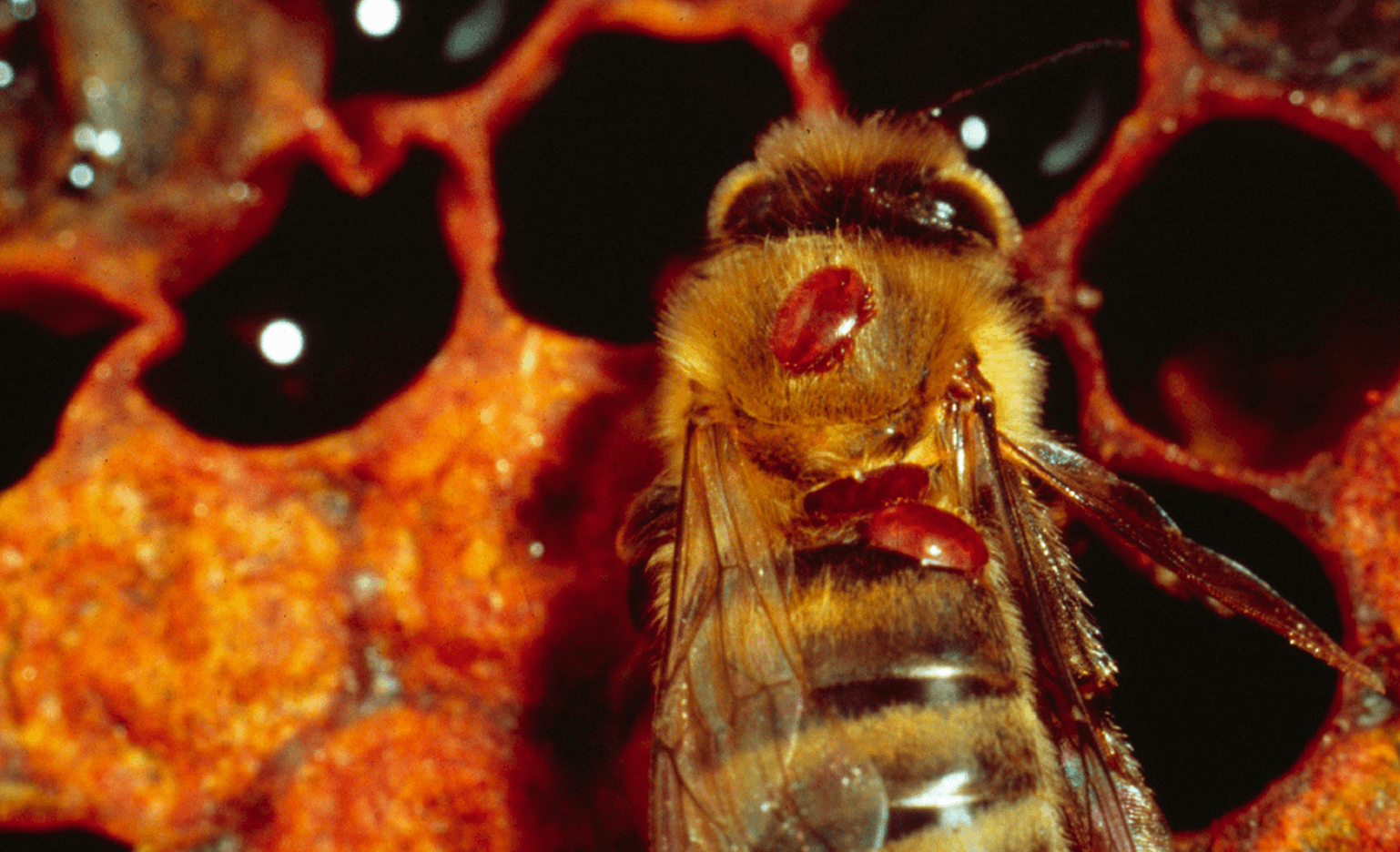



Article by: Hari Yellina
The NSW DPI and the apiary industry are urging sustained vigilance among beekeepers as the number of Varroa mite infestations rises. There are now 24 infestations in NSW, with the majority concentrated around the Newcastle region, thanks to five new cases that are situated inside already designated emergency zones. However, it has been epidemiologically connected to previously known instances in the Newcastle region. One case has been found close to Narrabri. All hives on the Narrabri property will be put down with the owner’s help to reduce the chance of future spread. In addition, the NSW DPI will monitor beekeepers in the area and conduct risk analysis while tracking all movements of hives and equipment onto and off the site during the last 12 months
The honeybee hives at this property had recently been transported to Narrabri after being held beside an already infested building for a number of months in the Newcastle area, according to acting chief plant protection officer Dr Chris Anderson. The infestation was discovered through additional reporting by beekeepers and inspections by NSW DPI inspectors, which led to the creation of a new emergency zone around the property. Since the first infestation was discovered on June 22 at the Port of Newcastle during routine surveillance, more cases have been found as far south as Calga, as far north as Bulahdelah, as far inland as Seaham, and now as far west as Narrabri. Dr Anderson is convinced that the NSW DPI and the apiary industry can eliminate the threat given the close epidemiological connections in all of the instances thus far.
According to Dr. Anderson, “DPI has put in place major measures to stop the threat from spreading and is being aided by the apiary industry, Local Land Services (LLS), NSW Police, NSW Rural Fire Service (RFS), and the larger community.” “The NSW DPI is still requesting reports from anyone who has purchased honeybees (including queen bees, nucleus hives, and hives with honeybees) inside the Port of Newcastle’s emergency notice zone, which is 50 kilometres away. “Importantly, community reporting will assist us in facilitating and liberating honeybee movement throughout the whole of NSW, particularly when it comes to almond pollination. Within the same emergency zone, if that is not practicable. “The hives cannot be transferred back once they have been moved. The Beekeeper Notification – Varroa Mite online form at www.dpi.nsw.gov.au/varroa must be used to report any change in location.